
From Artwork Archive to ArtBase: Art Inventory Platforms for Artists & Gallerists
Summary
Reflection Questions
Journal Prompt
Artists, museums, art galleries, foundations, historical societies, and private collectors all need reliable ways in which to track their collections, the condition of artworks, sales, exhibitions, contacts, correspondence with clients, and more. Thankfully, there are many popular inventory and art collection software options available. Everyone in the art world should maintain accurate records, but tracking that information can be incredibly time-consuming. These systems help streamline the inventory process, track provenance, and manage loan and exhibition histories so you can focus on creating new pieces and standing out in the ever-changing art industry. From Artwork Archive to ArtBase, read on for our list of inventory platforms.
The Value of Art Inventory Platforms for Gallerists and Artists

Collection management software is valuable for private collectors, galleries, artists, and museum professionals, but the right database will differ depending on your unique needs. For galleries, these platforms foster a more systematic approach to inventory management, exhibition coordination, and client relations.
Detailed records of artworks, artists, sales histories, and client profiles enable galleries to effectively monitor their assets—thereby optimizing sales strategies, forecasting trends, and strengthening client relationships. This technological pivot not only amplifies operational efficiency but also ensures that galleries can navigate the complex and often fluctuating art market with precision and agility.
Self-employed artists can use these systems to similar effect. Historically, many artists have grappled with the administrative aspects of their profession—from cataloging their oeuvre to tracking sales and exhibitions. Modern software solutions streamline these processes—allowing artists to maintain comprehensive digital portfolios that can be effortlessly updated, shared, and integrated into personal websites or online marketplaces.
Moreover—by utilizing features that capture sales data, expenses, and client interactions—artists are empowered to make informed decisions about their career trajectories. This ensures that they remain both artistically and commercially viable in a competitive industry. With that said, let’s take a look at a few software options available to artists and gallerists.
Art Inventory Platforms for Gallerists, Artists, and Private Collectors
Whether you are a private collector, gallerist, artist, or museum professional, below are a few databases and platforms that help each art business and non-profit track essential information about their collections.
PastPerfect Software
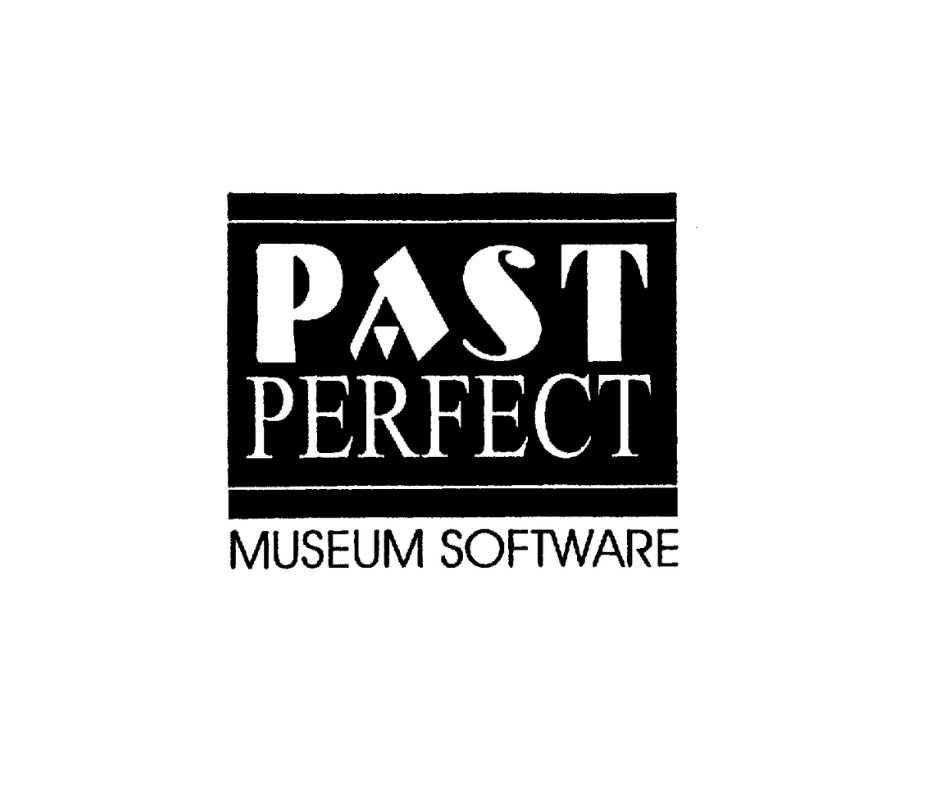
PastPerfect Software is a versatile data-logging solution tailored primarily for museums and historical societies. It offers comprehensive object cataloging across various categories including objects, photos, archives, library items, and archaeological finds. Exhibition management is absolutely seamless with PastPerfect—allowing your team to plan and track all pertinent details.
It also offers functionalities for donor and membership management—ensuring that records of pledges, donations, and membership renewals are organized and accessible. An added multimedia feature lets users attach photos, sound clips, videos, and PDFs directly to their records. The software also boasts advanced research and reporting tools—along with web integration capabilities that make online collections and e-commerce feasible.
Key Features
- Object Cataloging: Records for objects, photos, archives, library, and archaeology.
- Exhibition Management: Plan and track exhibition details.
- Donor and Membership Management: Track donor details, pledges, and membership renewal.
- Multimedia: Attach photos, PDFs, sound clips, and videos to records.
- Research and Reporting: Advanced query tools and preformatted reports.
- New Website Integration: Online collections and e-commerce options.
ArtBase
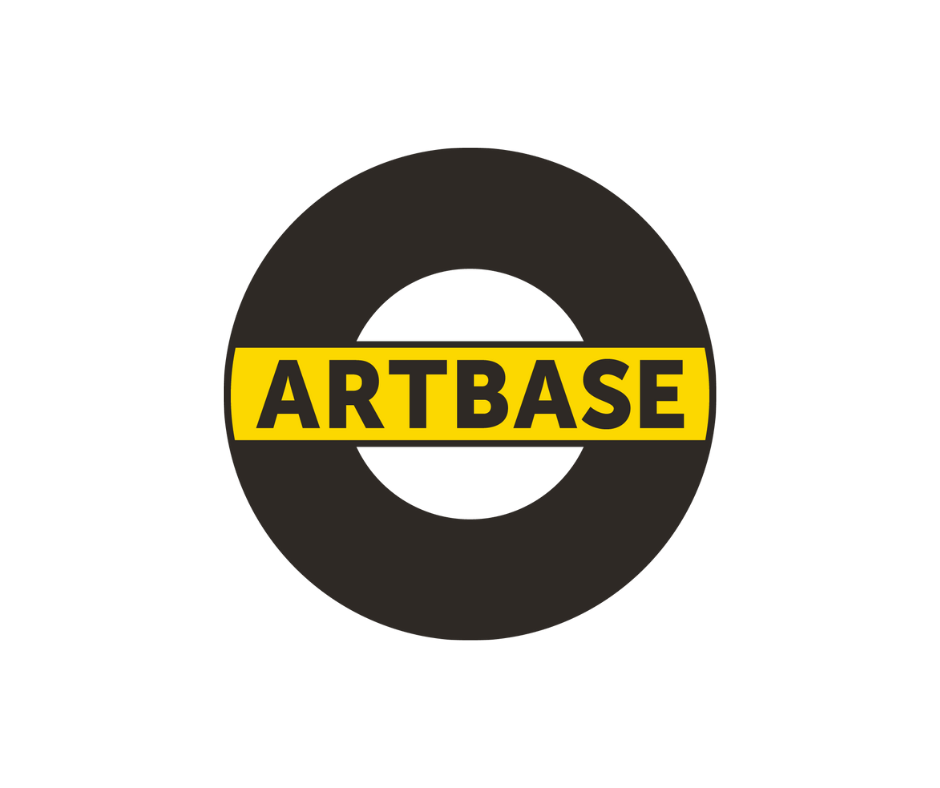
Art Base is designed with galleries, collectors, and artists in mind. It helps gallerists, artists, and collectors efficiently manage inventories by recording details on artwork, editioned works, and artist information. The software’s sales and invoicing feature simplifies the process of creating invoices, sales receipts, and consignments.
It also has robust client management functionalities that store essential details, sales histories, and preferences of clients. For decision-making, ArtBase’s detailed sales, inventory, and client reports provide invaluable insights. Additionally, the software can seamlessly sync with users’ websites for real-time updates. Its app offers mobile tools for on-the-go access. Learn more here.
Key Features
- Inventory Management: Details on artwork, editioned works, and artist information.
- Sales and Invoicing: Create invoices, sales receipts, and consignments.
- Client Management: Client details, sales histories, and preferences.
- Reporting: Detailed sales, inventory, and client reports.
- Web Integration: Sync with the website for real-time updates that allow you to access a broader audience while tracking data.
- Mobile Access: Mobile tools for remote access.
ArtLogic
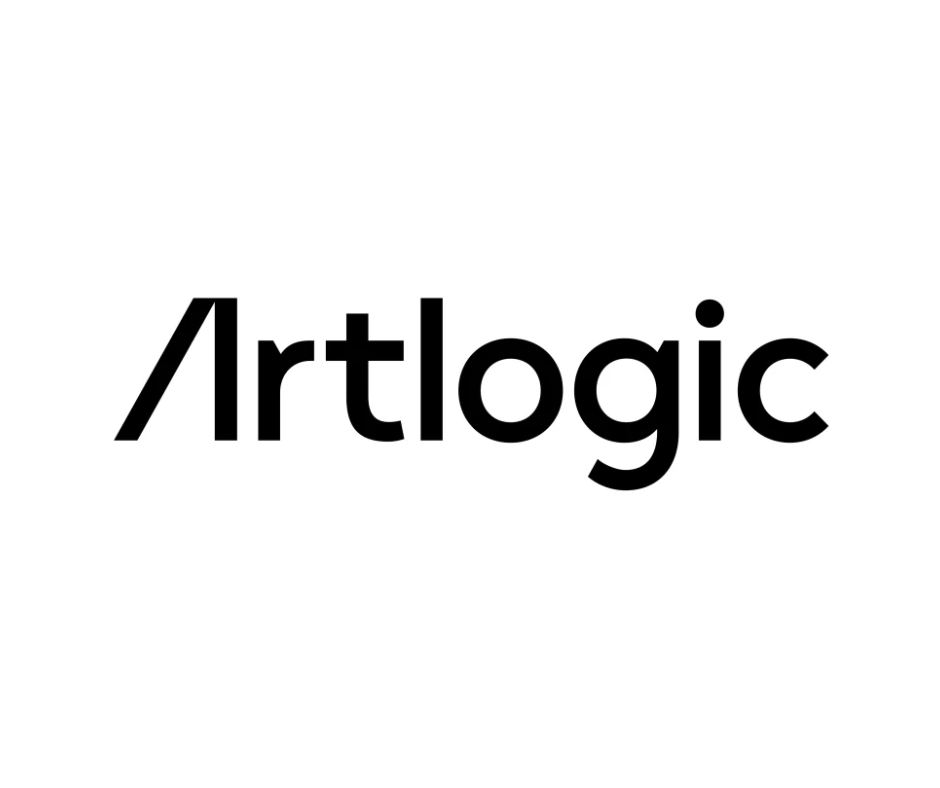
ArtLogic is a comprehensive solution that benefits galleries, artists, and collectors. Its inventory management tools allow users to meticulously record artwork details, track editions, and generate inventory lists. ArtLogic is equipped with sales tools that facilitate invoicing, sales analysis, and client profiling.
Users will enjoy a unified system through ArtLogic’s online and offline integration features—connecting databases with websites and mobile apps. Backing up data, controlling access, and importing or exporting data are simplified with ArtLogic database management capabilities. Furthermore, maintaining client relationships is far more methodical than you would achieve on your own—with features to track communications, interests, responses at art fairs, and sales history.
Its business development capabilities might be the best on this list. Learn more here.
Key Features
- Inventory: Detailed artwork records, edition tracking, and inventory lists.
- Sales Tools: Invoicing, sales analysis, and client profiling.
- Online and Offline Integration: Integrate with websites and mobile apps.
- Database Management: Backups, access control, and data import/export.
- Client Relations: Track communication, interests, and sales history.
ArtCloud
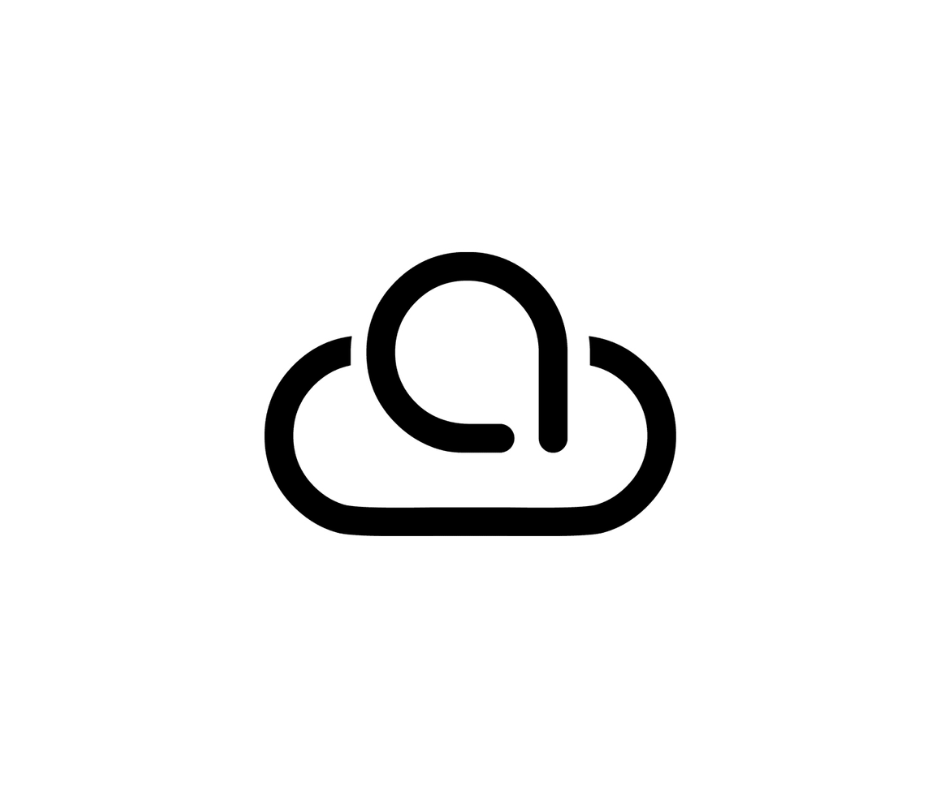
ArtCloud is geared towards galleries and artists—providing a platform that integrates inventory management with sales tools. Users can easily catalog artwork details, editions, and current inventory statuses. The process of invoicing, handling consignments, and processing payments is streamlined.
Additionally, the software offers integrated marketing tools, analytics, and an online marketplace for listing and selling artworks. Its client management tools ensure that galleries and artists can keep track of their clients, communications, and sales histories with ease. Learn more here.
Key Features
- Inventory Management: Track artwork details, editions, and inventory status.
- Sales Tools: Invoicing, consignments, and payment processing.
- Marketing Integration: Email marketing tools and analytics.
- Online Marketplace: List and sell artwork online.
- Client Management: Track clients, communications, and sales histories.
Gallery Systems (TMS: The Museum System)
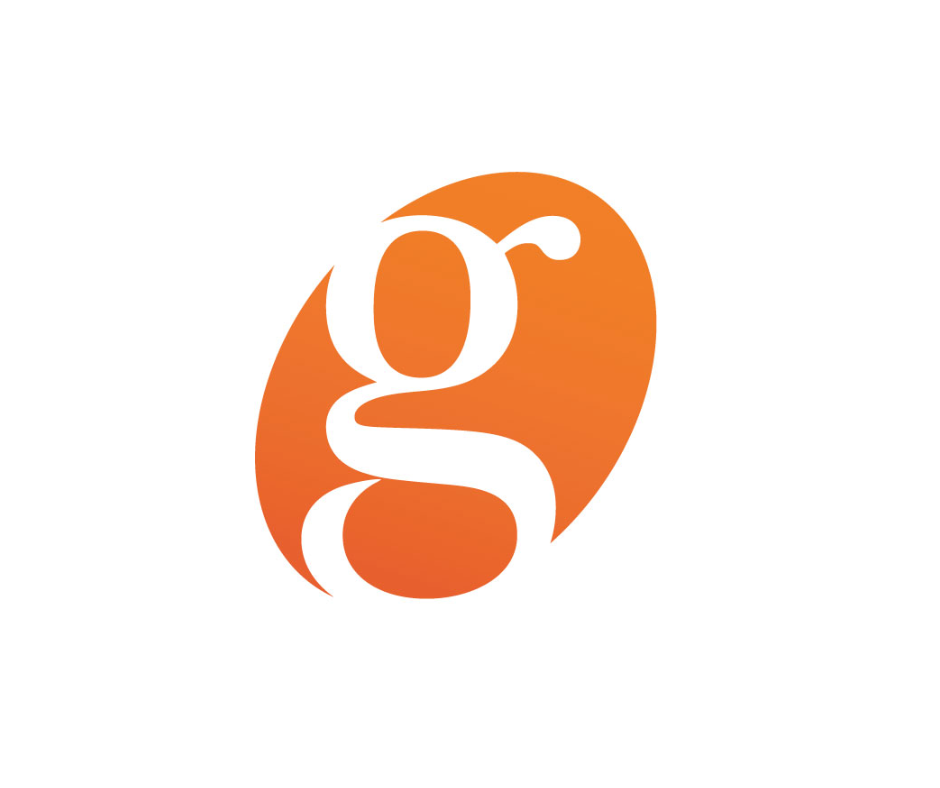
Gallery Systems’ TMS: The Museum System is a robust solution primarily for museums. It offers extensive collection management tools that cover cataloging, loans, shipping, and insurance details.
Organizing and tracking exhibitions is facilitated through its dedicated exhibition planning module. The system also houses a digital asset management tool—allowing users to attach and integrate multimedia elements. Furthermore—with the eMuseum integration—museums can easily share their collections online. Learn more here.
Key Features
- Collection Management: Cataloging, loans, shipping, and insurance details.
- Exhibition Planning: Organize exhibitions, track items, and logistics.
- Digital Asset Management: Multimedia attachments and integrations.
- Web Publishing: Share collections online with eMuseum integration.
Collector Systems
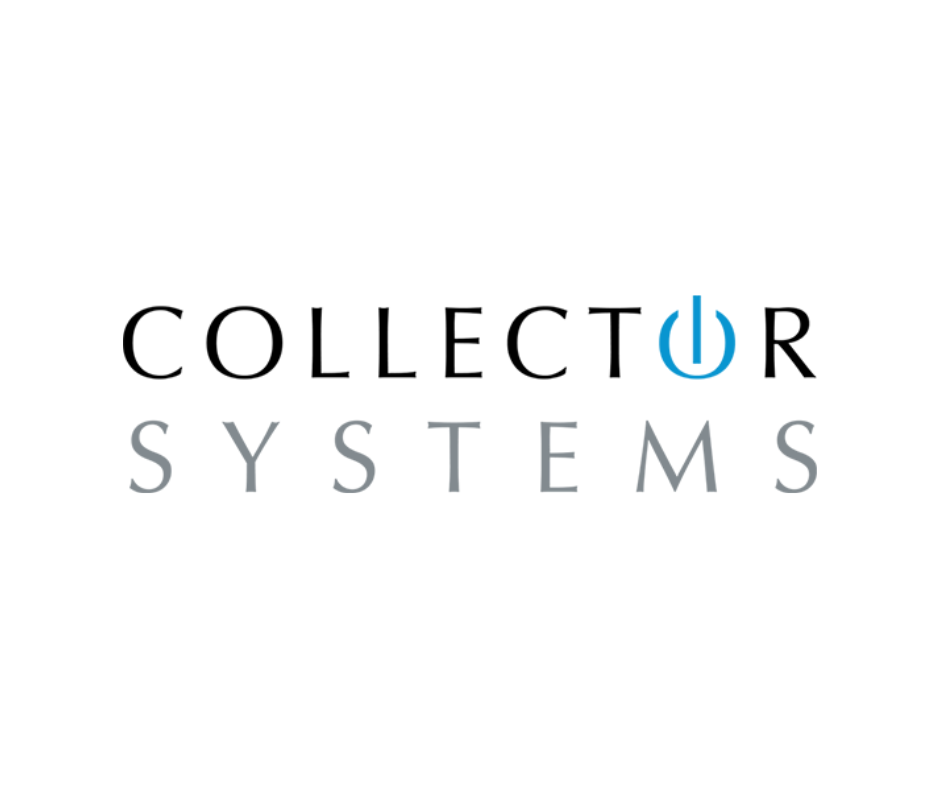
Collector Systems provides a cloud-based platform suitable for collectors, galleries, and institutions. Users can catalog diverse items from artwork to antiques and jewelry. The software offers detailed insurance functionalities where appraisals, conditions, and insurance values of items are logged.
Managing items on loan and tracking their histories is made convenient. Users can also generate detailed reports for purposes like insurance and taxation. Learn more here.
Key Features
- Inventory Tracking: Catalog artwork, antiques, jewelry, and more.
- Insurance Details: Record appraisals, condition, and insurance values.
- Loan Management: Track items on loan and loan histories.
- Reporting: Generate detailed reports for insurance, taxes, etc.
Artwork Archive
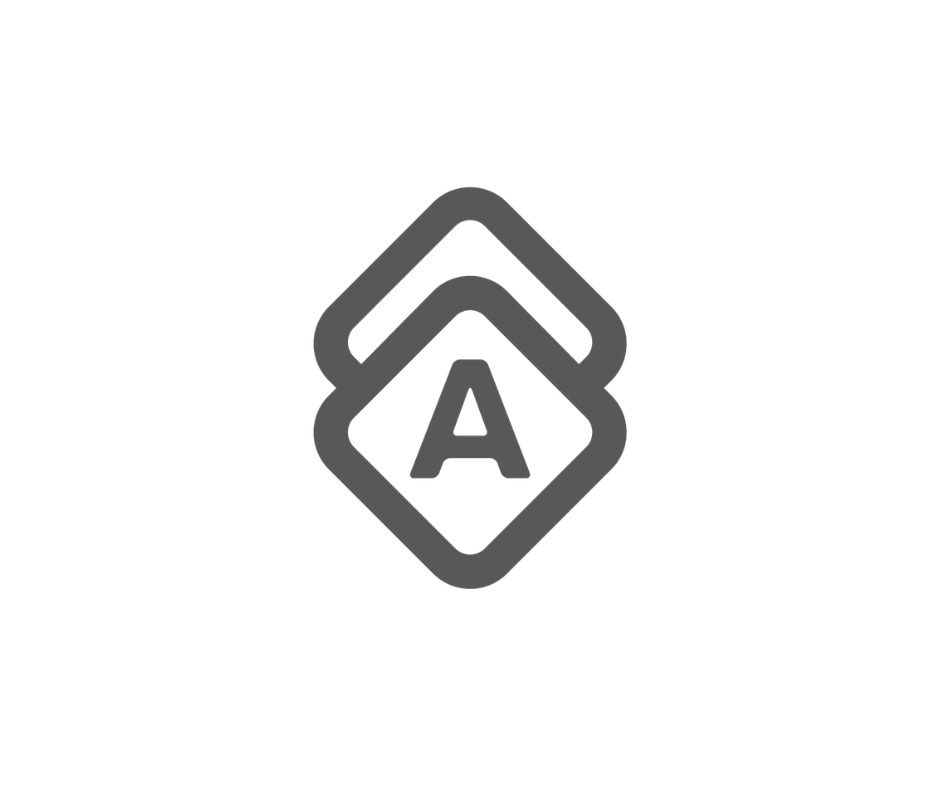
Artwork Archive offers functionalities that cater to artists, collectors, and organizations. Its inventory tracking tools allow users to catalog artworks, provide detailed descriptions, and attach images.
Financial management is made easy with tools to track sales, expenses, and overall revenue. The software offers location management features to monitor where artworks are displayed or stored. Additionally, artists and collectors can manage their contacts, track communications, and integrate their inventory with personal websites or portfolio platforms. Learn more here.
Key Features
- Inventory Tracking: Catalog artworks, details, and images.
- Sales Reporting: Track sales, expenses, and revenue for your studio in one go.
- Location Management: Know where artworks are displayed or stored.
- Contact Management: Client details, sales history, and interactions.
- Web Integration: Embed inventory on websites or integrate with art business portfolio sites.
ArtStacks
ArtStacks is a program tailored for museums, galleries, and artists. It offers a cloud-based solution for collection and exhibition management. Users can keep detailed records of artworks, editioned pieces, and other relevant details.
Organizing exhibitions and associating artworks is simple. The software also provides tools to record and monitor the condition of artworks. It ensures that loans, their due dates, and histories are tracked systematically—along with maintaining records of insurance values and details for individual items. Learn more here.
Key Features
- Collection Management: Catalog artwork, editioned works, and details.
- Exhibition Management: Organize exhibitions and associated artworks.
- Condition Reports: Record and track artwork conditions.
- Loan Tracking: Optimize workflow as you track loans, due dates, and histories.
- Insurance Records: Track insurance values and details for items.
Art Galleria
Art Galleria serves galleries, artists, and collectors—offering detailed inventory management tools. Users can maintain records of artworks, editions, and other necessary details. The software keeps track of items sold, their prices, and the associated client details.
Planning and organizing exhibitions is simplified, and the integrated tools allow for artworks to be displayed online. Additionally, Art Galleria’s client management tools keep detailed records of clients and their purchase histories. Learn more here.
Key Features
- Inventory Management: Detailed records of artworks and editions.
- Sales History: Track sold items, prices, and client details.
- Exhibition Management: Organize exhibitions and associated artworks.
- Online Showcasing: Display artworks online with integrated tools.
- Client Management: Detailed client records and purchase histories.
Argus
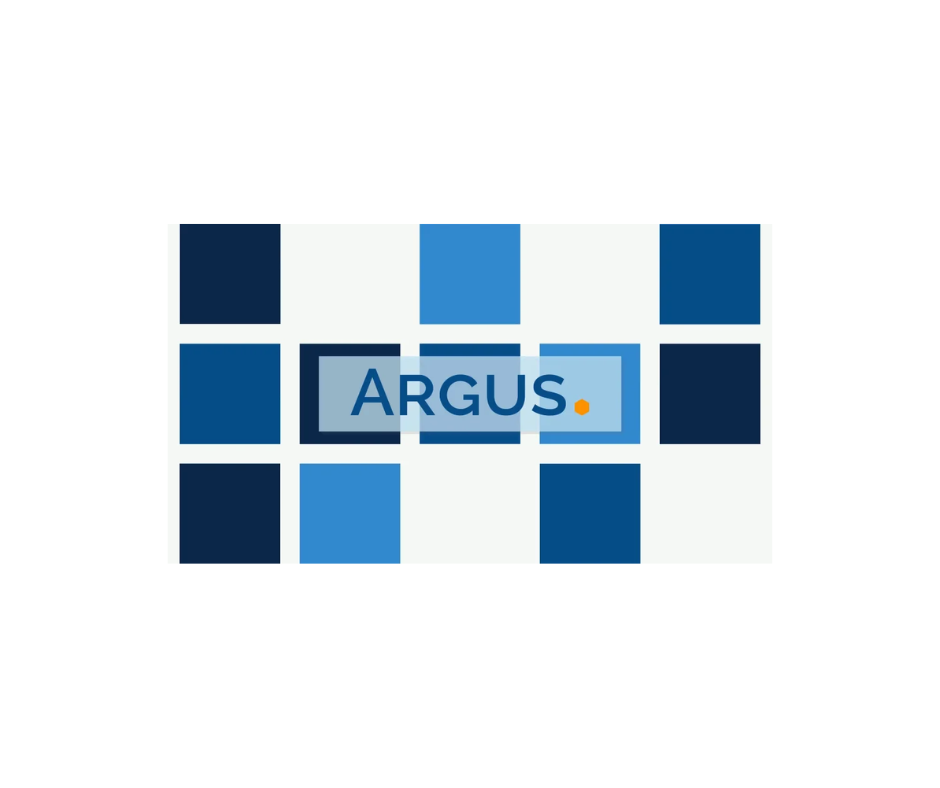
Argus is a web-based platform, predominantly for museums. It offers intricate collection management tools that allow users to catalog in detail, complete with multimedia attachments. The software aids in exhibition planning, organizing items, and handling logistical elements.
Argus also has educational tools to provide learning resources for visitors. An integral feature is its ability to grant public access—enabling museums to selectively share parts of their collection with the online audience. Learn more here.
Key Features
- Collection Management: Detailed cataloging with multimedia attachments.
- Exhibition Planning: Organize exhibitions, associated items, and logistics.
- Educational Tools: Offer learning resources and tools for visitors.
- Public Access: Provide online access to selected collections for the public.
Final Thoughts About Art Collection Software

As noted above, each software offers its unique set of tools, and the right choice will depend on the specific requirements of the user. Always consider testing the software or using a trial version before committing to a long-term subscription.
Also consider the specific needs and size of your organization or art practice, the software’s scalability, user interface, customer support, pricing, and its compatibility with other tools you may be using. Periodically check for new or updated solutions. The tech industry is dynamic, and new collections software or significant updates to existing platforms can emerge at any time.
In the past year, several platforms have released updates. Be sure to keep current!









